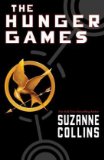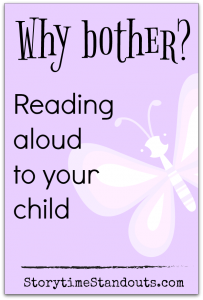
Storytime Standouts’ guest contributor shares her thoughts on reading with your kids and why it matters.
In the summer it is easy to let routines flounder. Well, if you’re exceptionally lucky and both you and your spouse are teachers and therefore have your vacation together as a whole family. We spend our days doing day trips, staying in pajamas, the girls playing while I write; it’s pretty sweet. The kids go to bed a little later, you socialize more so the bedtime routine isn’t always predictable. I’m often tempted to just tell my ten-year-old to go ahead and read on her own. My seven-year-old, with a great deal of warranted pride, always wants to read to us. She reads us her three stories with unique and funny accents and expressions that never fail to make me smile. My ten year old reads her own book, a series with her dad and a series with me. There’s no lack of reading going on in our house. She was given the green light to read the rest of the Harry Potter series this summer (something I was torn about allowing as she is only ten). This made it even more tempting to just say goodnight and get to the quiet time early. We could probably convince our seven year old to read to herself too in exchange for being allowed to stay up later, reading in her room. So why do we bother? Even, or maybe especially, in the summer when we feel lazy and carefree?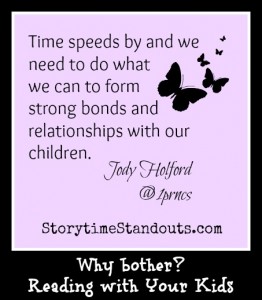
- BECAUSE READING WITH YOUR KIDS MATTERS.
- Because it’s a way to connect with them through something you can both enjoy.
- Because it gives one on one time.
- Because it gives a reason and topic for conversation.
- Because it’s enjoyable for both of you.
- Because it helps them to be better readers and listeners.
- Because it engages their mind and imagination.
- Because there’s nothing better than getting lost in a book with characters you adore and taking someone along for the ride.
- Because in an age of “go-go-go”, stopping matters. Stop, sit, read with your kids.
- Because as they get older, they won’t want you to lay on their bed beside them.
- Because you never get this time back.
- Because it will matter to them and they will look forward to the daily routine of mom or dad curled up beside them, sharing a story.
So why bother? Some days seem especially long but in reality, time speeds by and we need to do what we can to form strong bonds and relationships with our children. I love the opportunities that present themselves through reading with my girls, particularly the older one because it lets me see how she would problem solve or resolve an issue. “What do you think of the way they treated that girl?” “Have you ever been part of a rumor?” “What would you do if two friends were fighting over you?” We spend so much time figuring out how to teach our kids to be prepared for life and how to handle stress that we forget that some of those very lessons are in the books they’re reading. Rather than fearing what they may face in middle school and high school, I like having the opportunity, through books, to talk to them about things rather than lecture. It’s one more way to be proactive in helping your child be the strongest, most capable person they can be. And that’s our job.




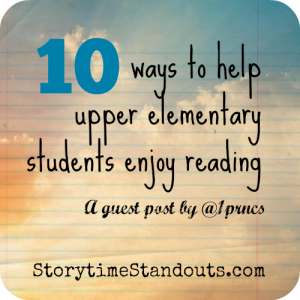

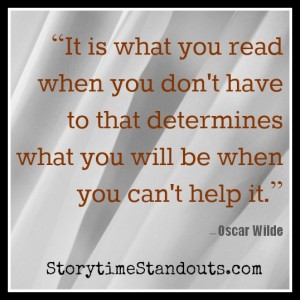
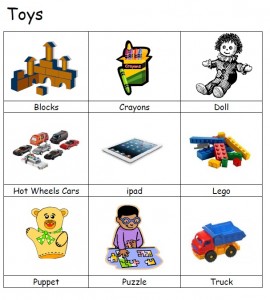
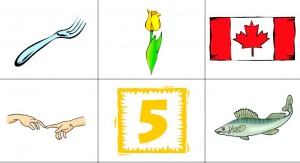
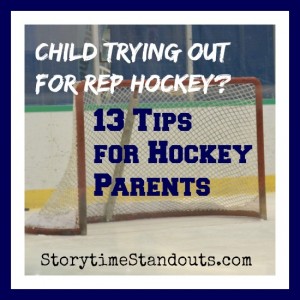


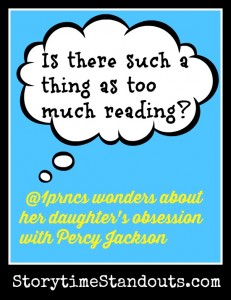
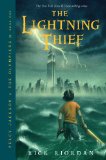
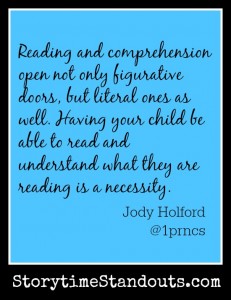
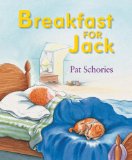

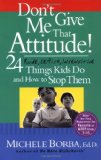
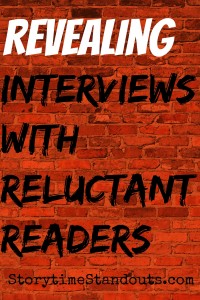
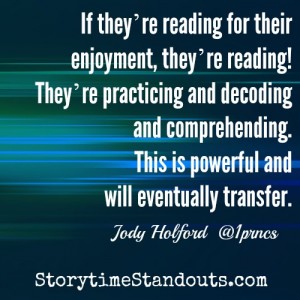

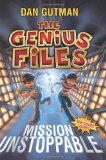
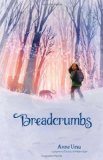

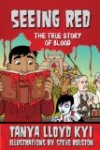
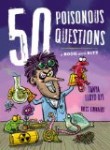
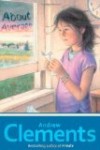
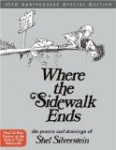
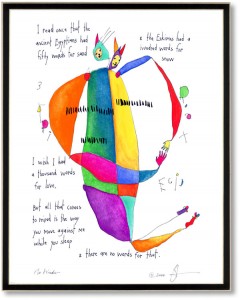
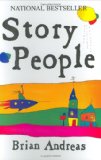
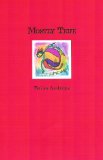
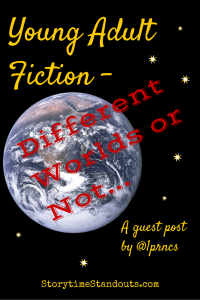


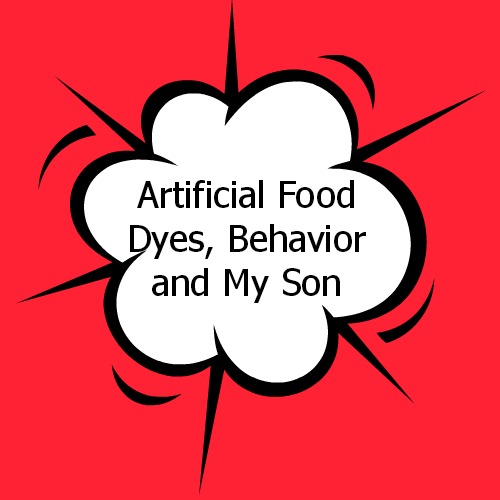



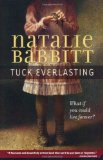
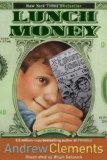
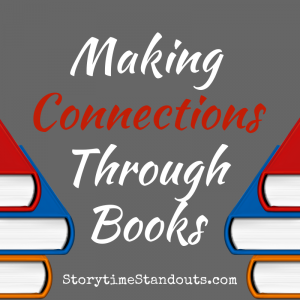 As a want-to-be writer, I find it fascinating that some authors can slip back and forth between genres and age groups. It shows a wide range of talent when an author produces a best selling thriller and then follows it up with a highly entertaining graphic novel. James Patterson and John Grisham are powerful examples of authors who show this flexibility on a regular basis. What really shows their strength as writers, however, is that the books they write for their younger audiences are so appealing to adults as well. Aside from providing more great reading material, authors such as these are also providing a unique way for parents (or teachers) and children (or students) to connect.
As a want-to-be writer, I find it fascinating that some authors can slip back and forth between genres and age groups. It shows a wide range of talent when an author produces a best selling thriller and then follows it up with a highly entertaining graphic novel. James Patterson and John Grisham are powerful examples of authors who show this flexibility on a regular basis. What really shows their strength as writers, however, is that the books they write for their younger audiences are so appealing to adults as well. Aside from providing more great reading material, authors such as these are also providing a unique way for parents (or teachers) and children (or students) to connect.